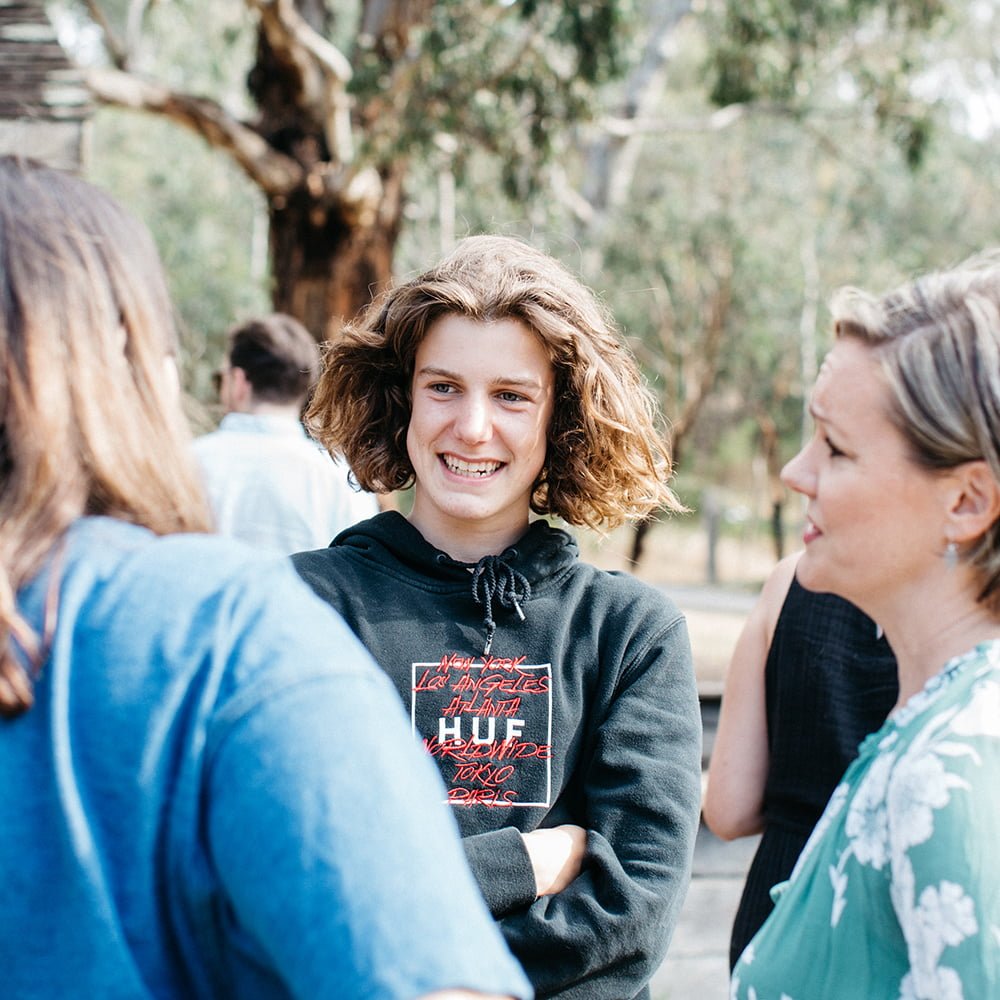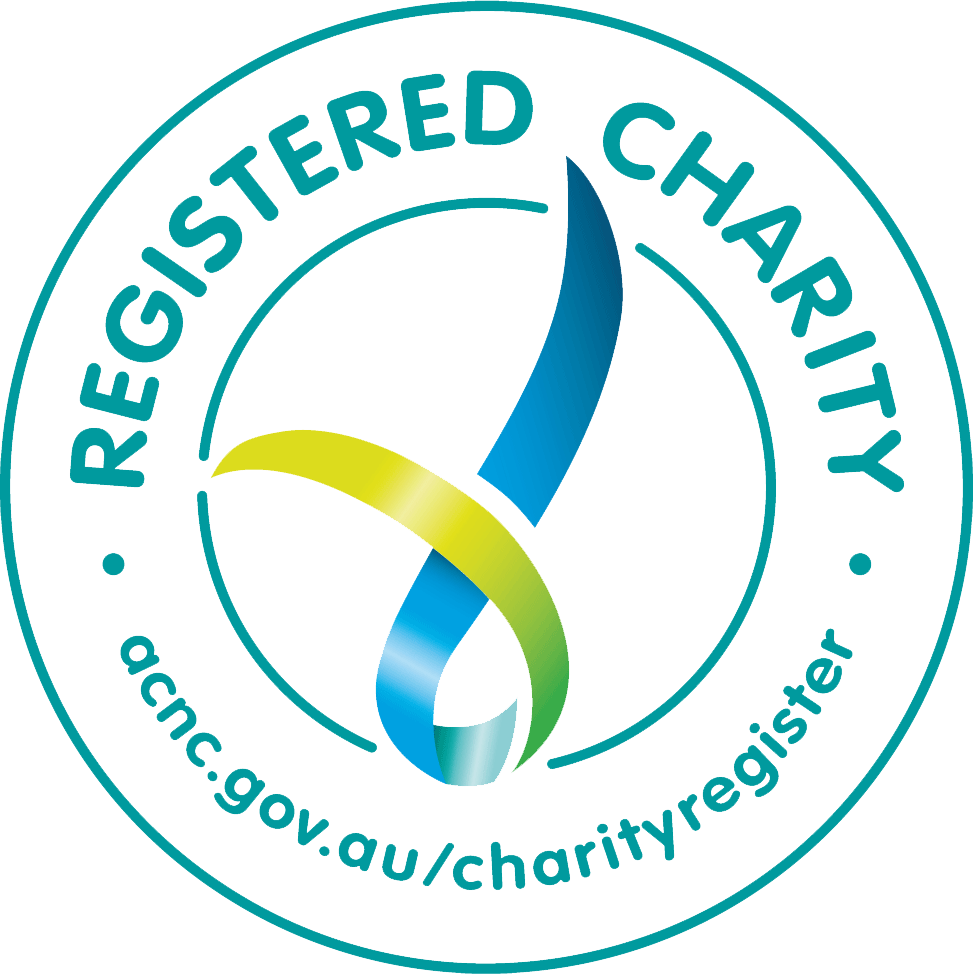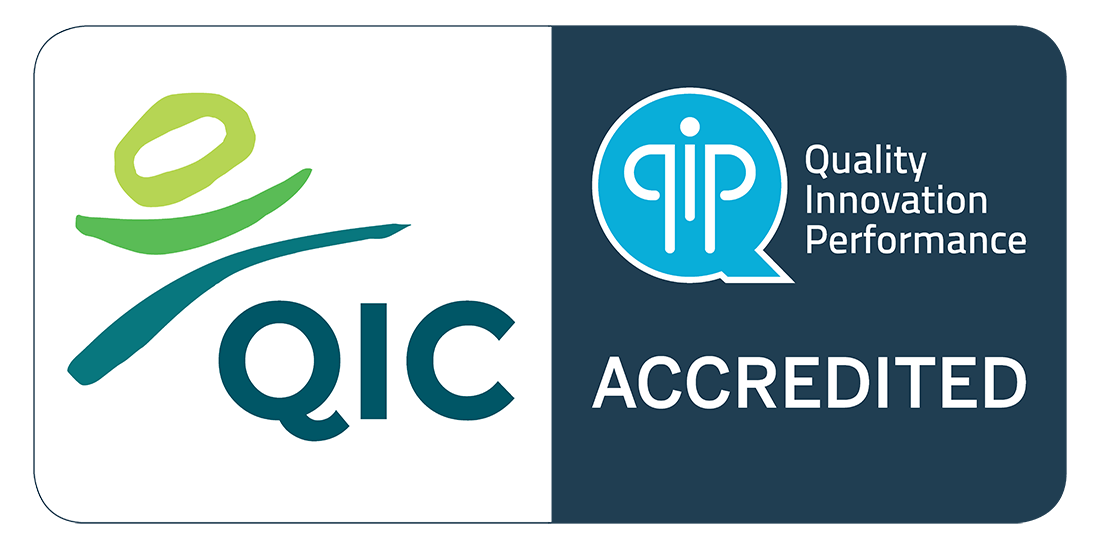Short Term Foster Care is designed for children and young people who need a safe place to stay for a period ranging from a single night to around six months. During this time, carers provide stability, warmth and consistency, helping young people feel secure at a time when their lives may be filled with uncertainty. This form of care is essential for meeting immediate needs while longer-term arrangements are being planned.
Short Term Foster Care
Every child deserves to feel safe, supported and cared for. Become a short-term foster carer
What is Short Term Foster Care?
1 NIGHT UP TO 6 MONTHS:
The purpose of Short Term Foster Care is to offer a nurturing environment until children can be safely reunited with their parents or placed in the care of extended family. For some, it may also provide the space for caseworkers and support services to determine the best long-term solution. At Lighthouse Foundation, short-term carers play a vital role in ensuring young people feel valued, supported, and cared for during this transitional stage.
Your Journey to Becoming a Short-Term Foster Carer
Step 1.
Enquiry
Starting Your Fostering Journey
When you first reach out to Lighthouse Foundation about becoming a short-term foster carer, you’ll begin by completing an enquiry form on our website or through Fostering Connections. One of our team members will call you to chat about your interest in fostering — including what type of care you’re drawn to, what’s involved, and any questions you may have.
This conversation helps us understand your circumstances and determine initial eligibility. Afterwards, we’ll send you an email with helpful resources and next steps.
Step 2.
Application
The Formal Process
If you’re ready to take the next step, we’ll send you an application pack that includes a form, a Lighthouse brochure, and details about background checks (such as a WWCC and Police Check). You’ll also be asked to provide three referees who know you well. If you need help with the paperwork, our team will happily support you.
Step 3.
Initial Visit
Getting to Know You
After receiving your application, we’ll arrange an initial home visit. This is a relaxed, friendly meeting where we get to know you and your household — and you get to learn more about Lighthouse and our therapeutic care model.
Together, we’ll look at your home environment, discuss safety standards, and explore how to create a safe, nurturing space for children and young people who may stay with you for a few days, weeks, or months before moving into longer-term placements.
Step 4.
Training
Preparing for Your Role as a Short Term Carer
All foster care applicants in Victoria take part in Shared Lives training, developed by the Association of Children’s Welfare Agencies (ACWA) and the Centre for Community Welfare Training (CCWT).
This interactive training helps you understand:
- Why children and young people enter foster care
- How trauma and stress can affect behaviour and development
- How to respond with empathy and therapeutic care
- The importance of cultural respect and connection
- The impact of caring on you, your family, and your wellbeing
Even if you’re still deciding whether short-term fostering is right for you, training offers a real insight into what it means to provide temporary stability and care — and it’s a great way to connect with like-minded people.
Step 5.
Assessment
Evaluating Your Suitability
Next comes the Step by Step (SxS) assessment — a thoughtful, conversation-based process that explores your experiences, values and motivation to foster.
You’ll have 4-5 sessions with a Lighthouse assessor, where we’ll talk about topics such as resilience, relationships, child-centred care, and supporting connection to family and culture. These conversations are always handled with empathy, privacy, and respect.
An Aboriginal Advisor will also review your assessment to ensure cultural safety and suitability for caring for Aboriginal children and young people.
Step 6.
Accreditation
Becoming an Approved Carer
Finally, your assessor will prepare a report to share with an accreditation panel, which includes Lighthouse staff, an experienced foster carer, and representatives from the Department of Families, Fairness and Housing. You’ll be invited to meet the panel, share your story, and ask any questions. Many carers find this to be an affirming and inspiring experience.
After the panel review, you’ll be informed of the outcome, and if approved, you’ll officially become an accredited short-term foster carer — ready to provide safety, stability and warmth to young people in times of transition.
FAQs about Short Term Foster Care
Here are some of the most common questions people ask when considering short-term foster care with Lighthouse Foundation. We hope this information helps you in your decision-making process.
How does Lighthouse Foundation match children with short-term foster carers in Melbourne to ensure a good fit?
All children and young people in foster care have unique and individual needs; this means that we need all types of carers to provide care. When a Foster Carer is accredited, they will be approved for specific care types, which may include respite, emergency, short or long-term care, and a range of ages from newborns to adolescents. Carers have the opportunity to share with us what their preference may be, based on their own experiences.
When a child requires foster care, Lighthouse will read through their information shared by Child Protection and determine which foster carer may be suitable. Lighthouse will consider the young person’s needs and match these to our foster carers’ strengths, skills, and capabilities. A young person’s needs may include things like maintaining connection to their community, their developmental needs, relationship to their siblings, or safety needs.
What specific training does Lighthouse Foundation provide to prepare carers for the emotional challenges of short-term fostering?
Lighthouse recognises the emotional impact that fostering has on foster carers, regardless of which type of care they are providing. For this reason, we provide both individual and group spaces for foster carers to participate in reflective opportunities and explore the thoughts and feelings that may arise.
In particular, for all newly accredited foster carers, these sessions are essential for the first 6 weeks of a new care arrangement. Endings can be difficult, so where possible, transition planning occurs to support this; however, sometimes endings can happen quickly, and foster carers are supported with review opportunities after all placements end, to discuss these impacts, reflect on what went well, and what areas may need to be strengthened. Some carers choose to take a short break after a placement ends, and others like to step back in.
What level of involvement will I have with the child's birth family during a short-term placement, and what support is provided for that?
In most cases, Child Protection supervises and facilitates visits between a child and their parents. However, a foster carer would be expected to support a child to attend their visits with family, which may include packing a bag, snacks, writing in a communication book, as well as providing emotional support to the child before and after they return. On some occasions, foster carers may support a child to communicate with their family via phone or video link too. Where it is safe to do so, foster carers and a child’s parent(s) may be present in the same meetings and have direct contact with extended family members, i.e., an older sibling, aunt/ uncle, grandparent. Lighthouse supports foster carers to navigate these relationships through regular communication with their dedicated team member.
Are there specific support groups or networks for short-term foster carers in the Lighthouse Foundation community?
All accredited Lighthouse foster carers are able to access the Reflective Practice Group, which occurs monthly online, facilitated by experienced Lighthouse staff. This is a dynamic space for carers to share their experiences and feel heard, as well as to witness the experiences of others, both with similarities and differences from their own. Foster carers are also encouraged to participate in community events that run regularly throughout the year. These are informal gatherings that give carers a chance to chat together. As accredited foster carers, they are also eligible for membership with the Foster Care Association of Victoria (FCAV), which provides resources for additional training, carer advocacy and counselling, as well as peer support with foster carers across different programs.
What are the most common reasons children in Melbourne need short-term foster care, and how might that affect the care I provide?
Children enter care when their family environment no longer provides adequate safety, support, or stability. This can result from neglect, abuse (physical, sexual, emotional), or other forms of harm. Neglect, in particular, is often the primary reason for removal.
Parents or families may struggle with issues like:
- Their trauma or history of abuse
- Mental health or physical health challenges
- Family violence
- Substance abuse
In such cases, the child protection system acts in the child’s best interests, intervening when children’s safety and well-being are at risk, and reunification isn’t immediately possible.
At Lighthouse, we understand that all physical harm and neglect have an emotional impact, which often results in a child experiencing a low sense of self and their worth. For this reason, all children who enter care require not only a safe home and warm bed, but also to be offered emotional warmth and a sense of security.
How does Lighthouse Foundation handle unexpected extensions or changes in short-term placement durations?
Lighthouse understands the demands placed on foster carers as part of the larger Child Protection system, and because of this, where possible, offers transparent communication regarding placement timelines and case planning for a child. However, things can change suddenly, and a carer’s best defense is to be as flexible as possible, while remaining clear with their Case Manager regarding what their practical and personal limits are.
How does Lighthouse Foundation support carers in accessing local resources (e.g., schools, healthcare) for children in short-term care?
All foster carers are assigned a designated Case Manager who has experience and expertise in supporting not only them but also any child/children placed in their care. Care and Placement Plans and Cultural Plans are created to identify goals for the child or young person, and appropriate referrals and connections can be made with local community resources, education facilities, allied health, and more.
Beyond the initial accreditation, what ongoing learning and development opportunities are available for short-term foster carers with Lighthouse Foundation?
Lighthouse has designed a training for foster carers known as Healing Connections. This training goes into greater depth regarding the impacts of stress and trauma on the brain, as well as thinking about how this affects a child’s ongoing ability to create safe relationships with adults, and the impact of providing care on a foster carer’s wellbeing. Theoretical topics explored include the importance of boundaries, the Window of Tolerance, and co-regulation. The focus is less on a set of tools, but rather encouraging the foster carer to develop a ‘way of being’ that is authentic, therapeutic, and sustainable

Foster care
Enquire about becoming a short-term foster carer today
Lighthouse is in urgent need of foster carers who are willing to help better the lives of vulnerable children in the northern and southern Melbourne regions.
We are looking for people from all walks of life, who are willing to open their hearts and their homes to children who urgently need care.
We recognise that the fostering journey is not always easy, but at Lighthouse we ensure that we are with you every step of the way. We care for you, so you can care for them.
Enquire here
Our Foster Carers’ Stories

“They helped me with group and one to one sessions with a clinician. I really felt supported.”
James had previous experience in other states before coming to Lighthouse, his work meant that he needed to move to Victoria so when he made the move, he contacted us about becoming a Carer.
After his training and accreditation, he met Terry and 8-year-old boy and started a short term placement. Because of Terry’s experiences before coming into care, he often responded in ways to express his trauma. This could at times be challenging and difficult for James. Terry would often be bouncing around, unable to stay still. When he found things tough, he tried to break things, throw them and call James names.
To support James, Lighthouse Therapeutic Carers went into the home 3 nights per week. They role-modelled ways that James could respond to Terry using play, curiosity, acceptance and empathy. Sometimes our Therapeutic Carers looked after Terry so James could have a break.
Terry would also stay with us in our Hub Home every second weekend and engaged in the Lighthouse community through activities and events where he was able to meet and spend some time with other young people in care. Terry started to feel he had a place he belonged.
James said that ‘I found some days really tough but was able to contact one of the team at Lighthouse to talk through how I was feeling, and they helped me by taking part in group reflective spaces and one to one sessions with a clinician. I really felt supported.’
James was committed to showing Terry that despite the hard times, he was there for him and was not going to leave. This commitment and patience showed Terry that he could trust James and he started to feel safety in their relationship, and slowly started to realise he did not need to push and test whether James would always be there for him.

“The training I received was helpful in understanding how to respond to children in a trauma-informed way, learning patience is key.”
Clare has been caring for children in foster care for the past 10 years. As a single woman, she sought out Lighthouse after researching local agencies and enquired with us highlighting an interest in our Model of Care and support available for Foster Carers. Clare was new to the foster care system in Victoria, so she was asked to complete a new assessment.
Clare said that she was really impressed with Lighthouse’s professionalism, throughout the whole process since putting in her application. ‘I really felt Lighthouse was clear and approachable’ Our care team provided timeframes and answered all her questions and Clare told our team ‘I was very impressed with Lighthouse’s therapeutic approaches to caring; I felt a sense of a real team approach in the program. The training I received clarified how to respond to children in a trauma informed way, learning patience is key, which really helped reflect on previous experiences and how I can continue to grow and learn.’

“For me, fostering was never a question of if, but a question of when.”
It all began when I was given a foster care pamphlet 20 years ago and since then I’ve never looked back. I was a young mum of two, who were under the age of two, and I felt an overwhelming sense of gratitude – we had everything we could ever need. I wanted to give back on a personal level and provide a sense of giving that would be a guiding value to our family.
My biological children knew no different – they had foster siblings that would stay for varying lengths of time and they knew that how we helped each would need to be different. They learned compassion and patience and that love is simply love. Our family adopted a very special boy, Alex, at the age of two and he holds equal amounts of space in our hearts, as we hold for each other.
Reflecting back on some of the foster placements we took on at places other than Lighthouse, we weren’t provided with much detail prior and there was an absence of trauma-informed training and ongoing psychological support. That is what sets Lighthouse apart.
Had we been better prepared to deal with each child’s individual needs and experiences and had foster family matches been considered with the same rigor as Lighthouse, I think we could have been more effective in helping to heal and grow these children like we did with Alex. Had our program offered the lifelong extended family network that Lighthouse does, we’d know that each foster child we cared for would always have someone walking alongside them, during both the highs and lows of their life.
I do believe that foster children in Lighthouse’s programs are far more likely to rebuild and maintain relationships with their birth families, which is the ultimate goal of fostering.
Lighthouse recognises those who so deeply want to care for these vulnerable children and young people in the way they deserve, and they build training and support around them so they can fulfil that goal. No other fostering program leans in like Lighthouse does. I truly believe what they provide makes the most impactful difference for everyone involved – all members of foster families, birth families, the community and society more broadly.








